Categories
The latest content
-
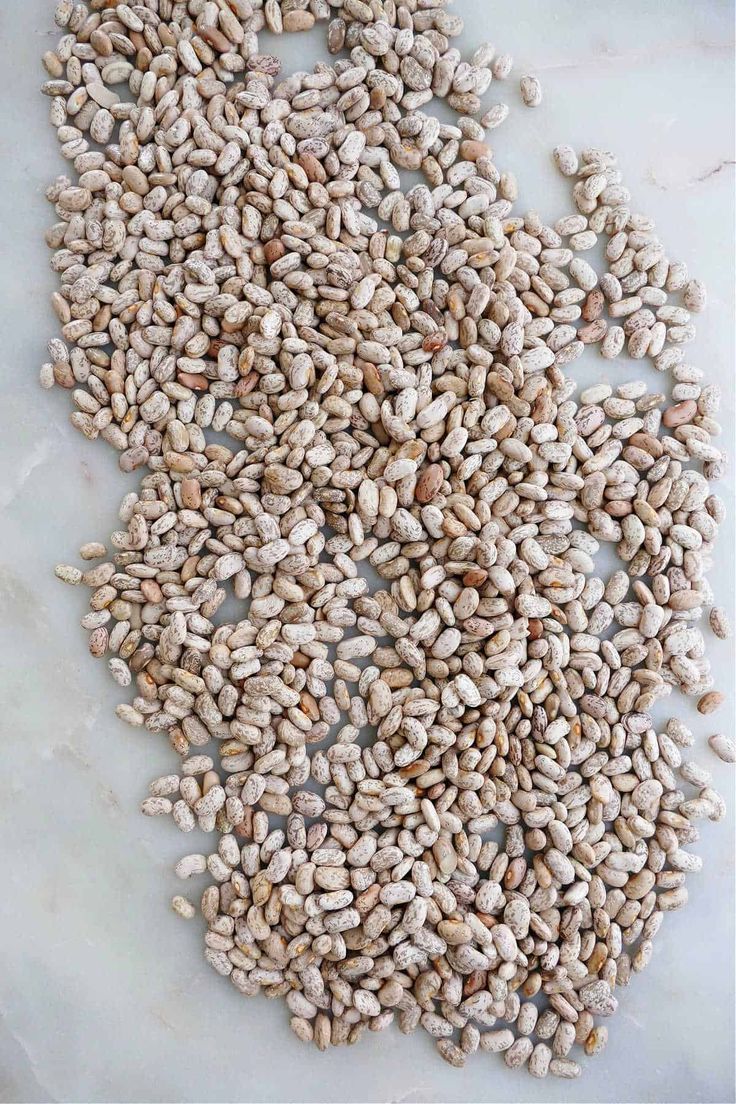
Customs Clearance & Import Regulations for Bulk Iranian Pinto Beans in EU, Middle East & Africa
..
-
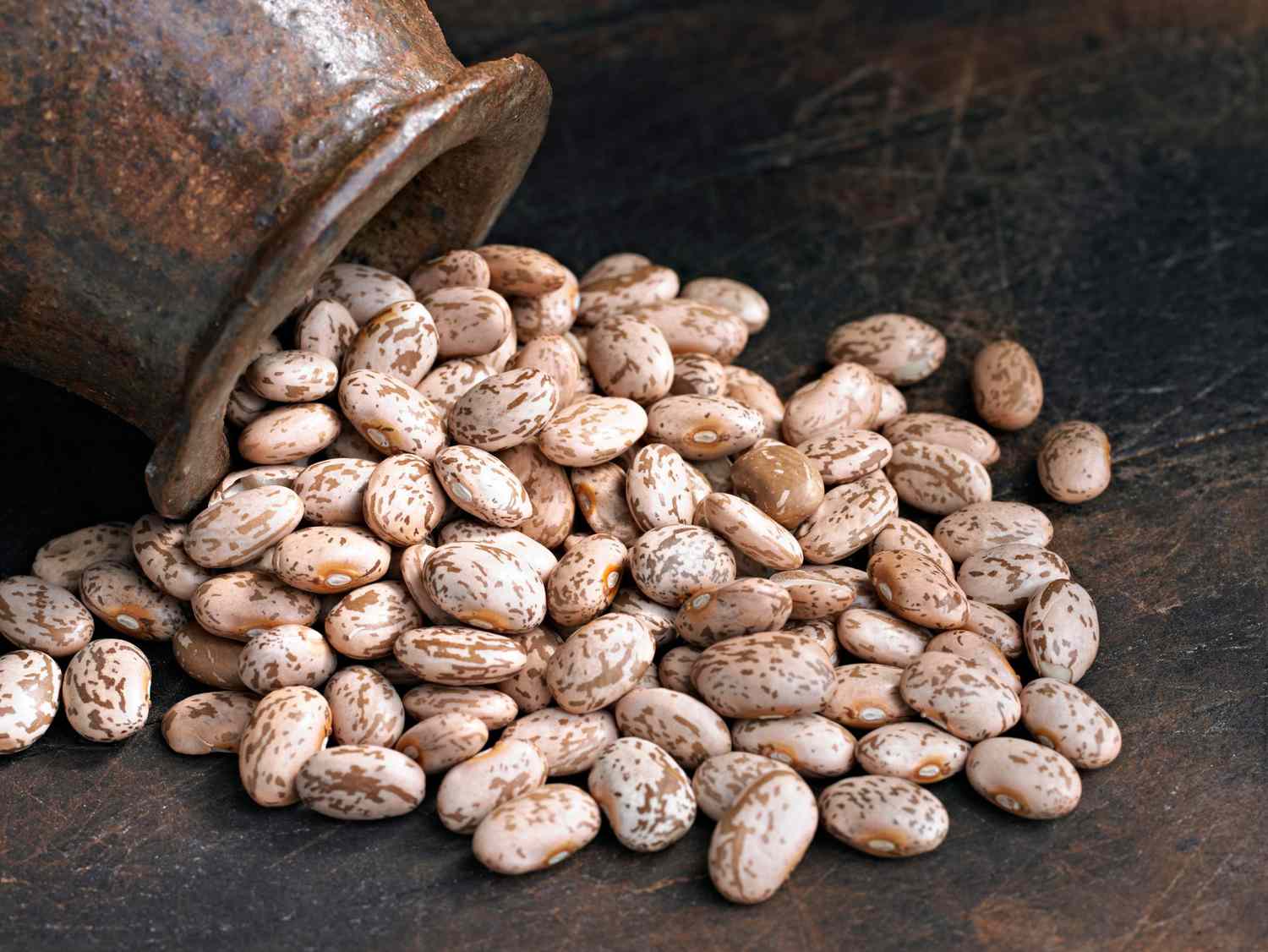
Quality Control & Laboratory Testing Standards for Iranian Pinto Beans
..
-
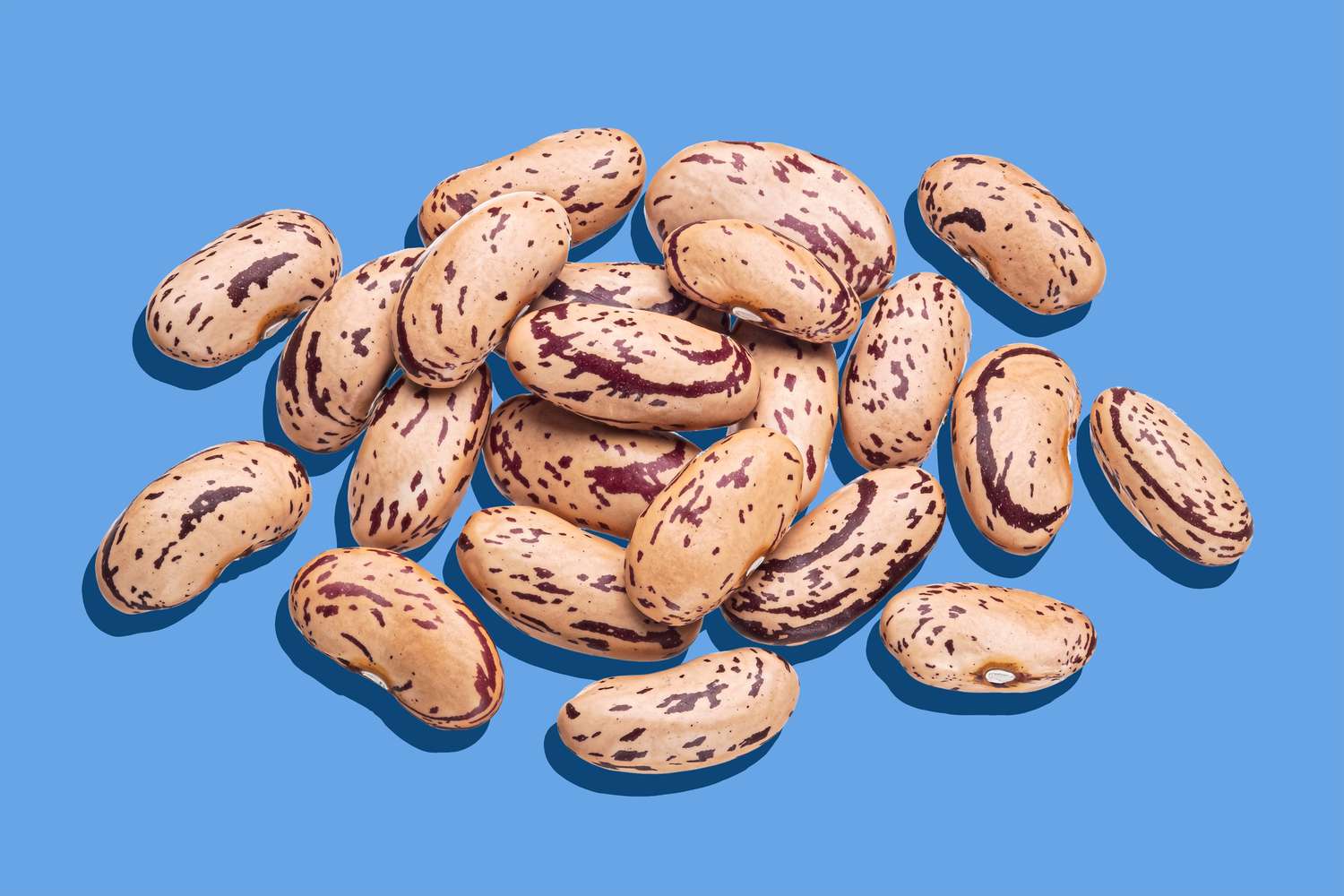
Logistics & Shipping Solutions for Bulk Iranian Pinto Bean Exports
..
-
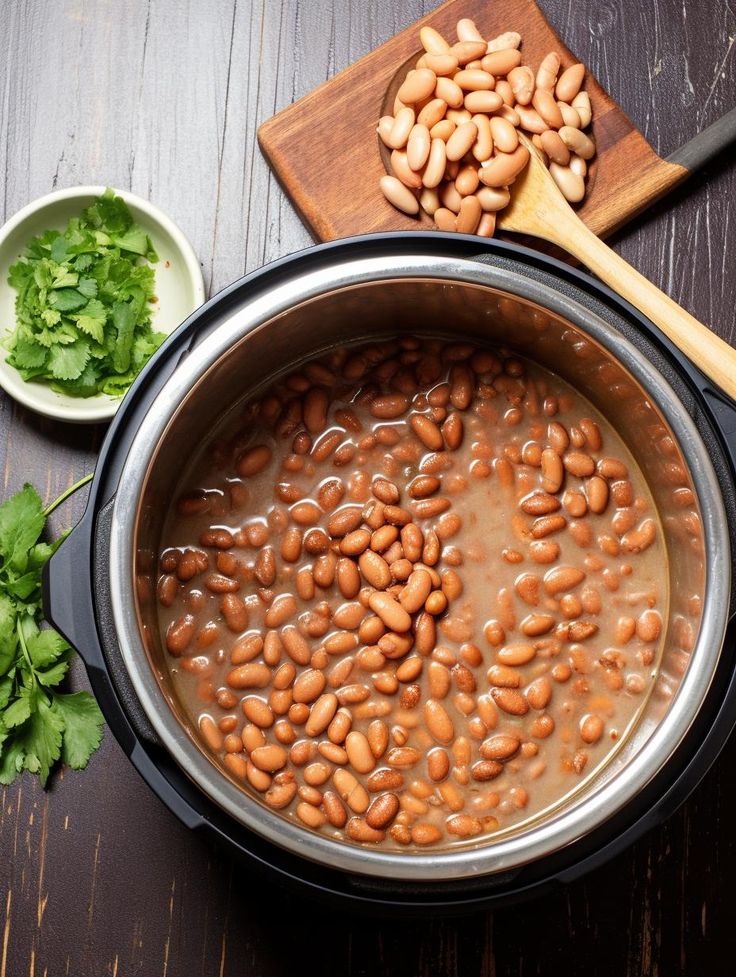
Minimum Order Quantity (MOQ) & Bulk Pricing for Iranian Pinto Bean Buyers
..
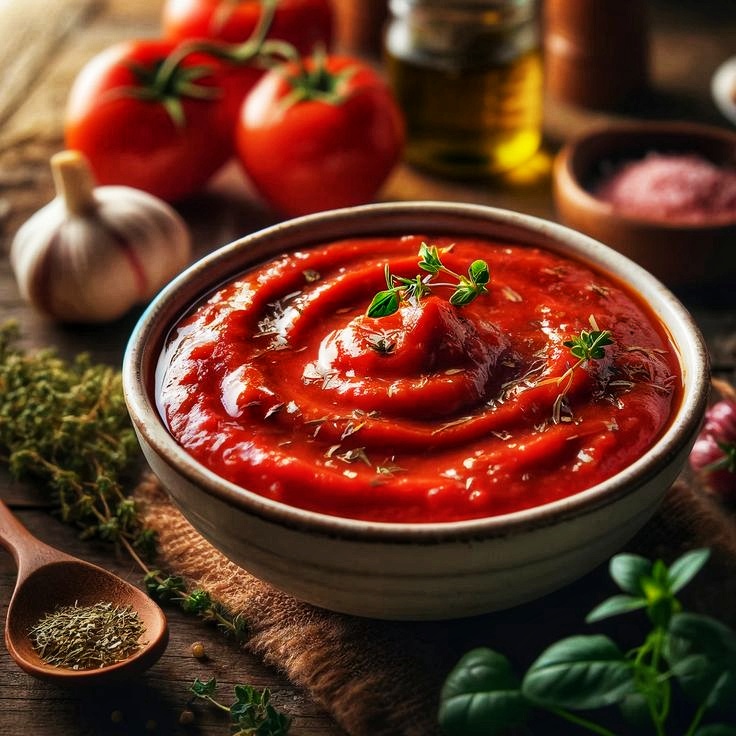
Tags
How to Choose the Right Iranian Wheat Flour Type for Your Market?

The global food industry is witnessing a steady rise in demand for premium wheat flour, with Iranian wheat flour standing out for its quality, versatility, and competitive pricing. However, not every market has the same preferences, regulations, or consumer needs. Choosing the right wheat flour type is essential for distributors, bakeries, retailers, and governments to ensure customer satisfaction and long-term profitability.
In this guide, we break down the main types of Iranian wheat flour, their uses, and practical tips to help you select the most suitable option for your target market.
Why Choosing the Right Flour Matters?
Flour is not a one-size-fits-all product. Each type has unique protein levels, gluten strength, color, and texture, all of which impact how it performs in bread, pastries, noodles, or industrial food processing. For importers, matching the right flour to market needs reduces risks such as:
• Low consumer acceptance
• Production inefficiencies
• Higher wastage and costs
Key Iranian Wheat Flour Varieties
Iranian wheat flour is available in multiple categories to suit diverse global markets. Below are the most common types:
1. All-Purpose Flour
• Best for: Retail, households, multipurpose bakeries.
• Protein content: Moderate, making it suitable for a wide variety of baked goods.
• Market Fit: Countries with general baking needs or supermarkets selling household packs.
2. Bread Flour
• Best for: Bakeries, restaurants, large-scale bread production.
• Protein content: Higher than all-purpose flour, ensuring better gluten development.
• Market Fit: Middle Eastern, African, and Asian countries with strong bread-consumption traditions.
3. Pastry & Cake Flour
• Best for: Confectioneries, patisseries, dessert manufacturers.
• Protein content: Low, resulting in softer, lighter textures.
• Market Fit: European and Asian markets where premium cakes, pastries, and cookies are in demand.
4. Durum & Specialty Flours
• Best for: Pasta, noodles, and specialty ethnic foods.
• Protein content: High, with strong gluten quality ideal for pasta production.
• Market Fit: Italian, Mediterranean, and Asian food industries.
5. Organic Wheat Flour
• Best for: Health-conscious and premium consumers.
• Certification: Complies with EU Organic and USDA Organic standards.
• Market Fit: North America, Europe, and niche high-end retail markets.
Factors to Consider When Choosing Wheat Flour for Your Market
When importing Iranian wheat flour, buyers should evaluate several critical factors:
1. Consumer Preferences
• Bread-heavy diets require high-protein bread flour.
• Pastry-focused markets demand softer, low-gluten flour.
2. Regulatory Requirements
• Some countries mandate fortification with vitamins and minerals.
• Organic and halal certifications may be essential depending on the market.
3. Supply Chain Logistics
• Bulk packaging (25–50 kg bags) is ideal for bakeries and government tenders.
• Smaller, branded retail packs work best for supermarkets.
4. Cost & Value Proposition
• Balance between quality and affordability.
• Consider long-term contracts for stable pricing and consistent supply.
5. End-Use Applications
• Industrial food manufacturers may need specialized flours (e.g., durum).
• Retailers may prefer all-purpose for mass appeal.
Market-Specific Recommendations
• Middle East & North Africa (MENA): Bread flour dominates due to high bread consumption.
• Europe: Demand for specialty, organic, and pastry flours is rising.
• Asia: Mix of durum (for noodles) and bread flour depending on country.
• Sub-Saharan Africa: Cost-effective all-purpose and bread flours remain the priority.
Why Iranian Wheat Flour?
Iran enjoys a strategic advantage in wheat flour exports thanks to:
• High-quality wheat varieties suited for multiple applications.
• Cost-competitive production compared to Western suppliers.
• Proximity to key markets in Europe, Asia, and Africa, reducing freight costs.
• Compliance with global certifications including ISO, HACCP, and Halal.
Conclusion
Selecting the right type of Iranian wheat flour depends on your target market’s consumer habits, regulations, and industrial needs. Whether it’s high-gluten bread flour for bakeries, fine pastry flour for premium confectioneries, or organic flour for health-conscious consumers, Iran offers a variety of bulk export options.
By aligning the right wheat flour type with your market’s demands, you can maximize profitability, reduce waste, and build long-term customer loyalty.
Email: tamilaagrifood@gmail.com
WhatsApp for Inquiries: +989141858935



